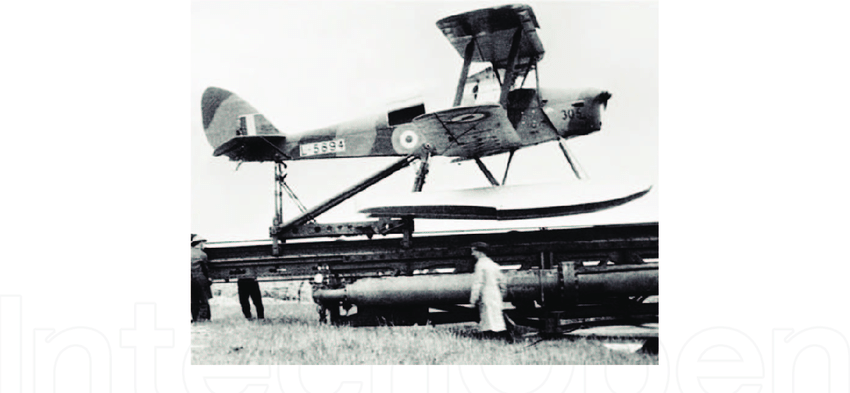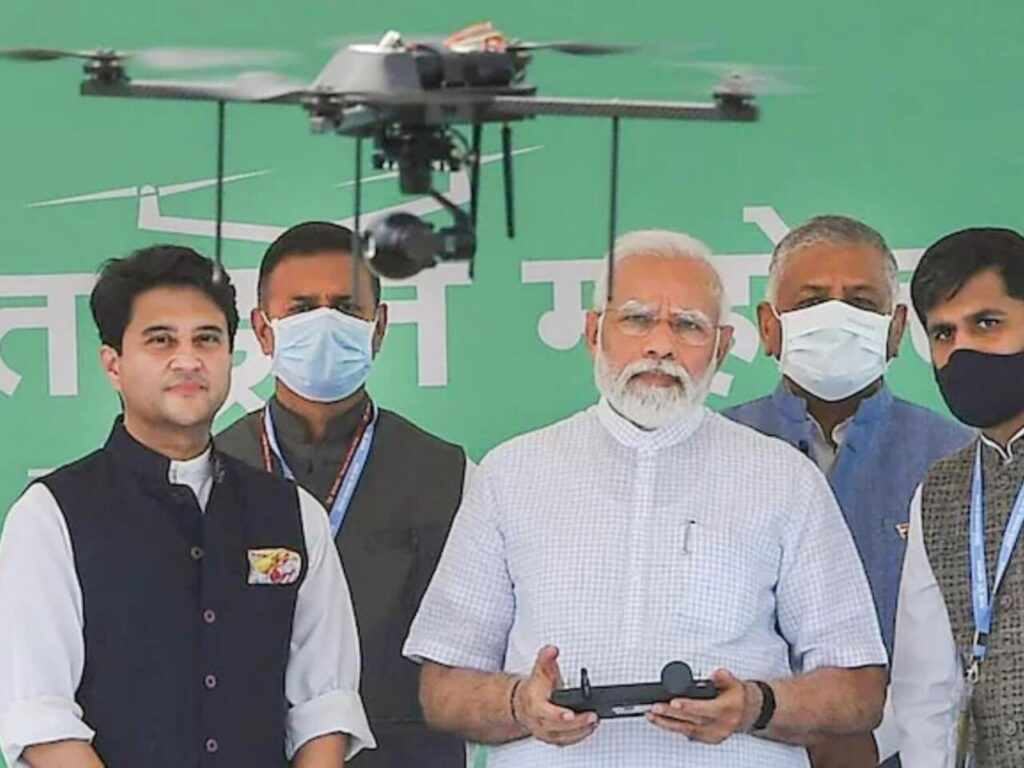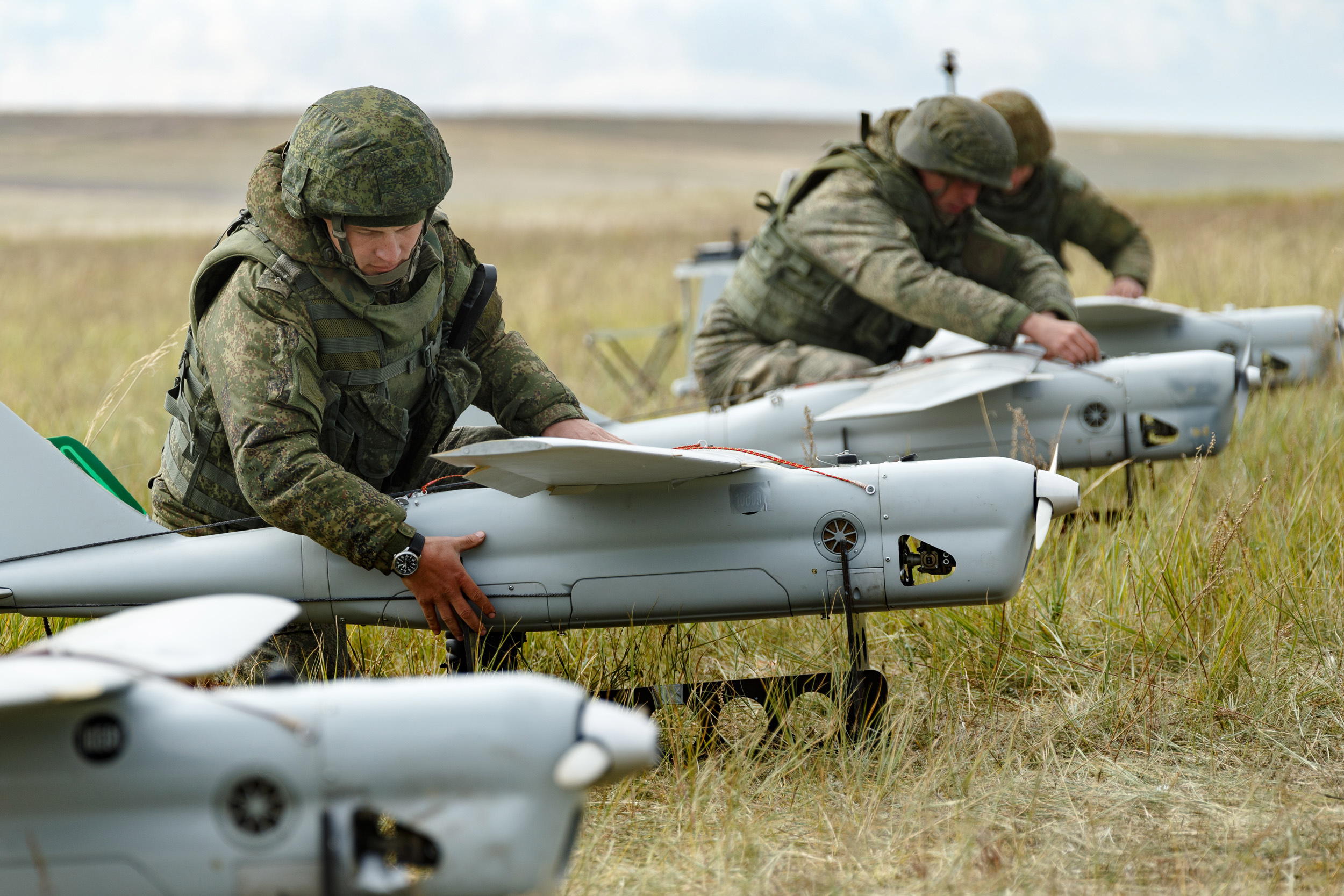Often in military history, a single weapon has become the symbol of a whole age of warfare and pivoted the course of history. Be it the Bow and Arrow, that made Genghis Khan the ruler from the Pacific to Ukraine or the modified tanks that epitomised ground combat in World War II. In the modern period, War Drones are set to be the pivoting factor in the history of modern warfare as seen in Armenia-Azerbaijan or Russia-Ukraine conflict . These unmanned aerial vehicles (UAVs) have revolutionized the battlefield providing real-time intelligence and carrying out precision strikes with an efficiency that was unimaginable just a few decades ago. The significance of the usage of drones in war is based on several reasons. Real-time reconnaissance and information gathering, Strike precision, Cost-effectiveness and the reduced risk to human life made drones a distinct part of the modern military. Diving into the evolution of drone warfare will further deepen our understanding of these factors as well as their significance.
Drone Warfare History : A Chronological Journey of Drones

This chronological order presents the development of unmanned aerial vehicles from their early usage in the 19th century to their resurgence in the late 1950s and beyond.
Drone Development Phases
Phase I – Born to an Assyrian Jewish couple in 1937, Abraham Karem is regarded as the father of modern UAVs. In his early teenage years, he started building model aeroplanes and as an aeronautical engineer, he built his first drone for the Israeli Air Force. After migrating to the USA in the 1970s, he founded Leading Systems Inc. in his home garage, where he started working on his designs and manufactured his first drone, Albatross, and later on, the more sophisticated version Amber. His designs gave the drones Incredibly long, thin wings that could hold the plane aloft at altitude for hours on end, more than 24 hours of flight. This in turn gave the drones the ability to loiter and perform accurate reconnaissance.
Phase II – This design was further improved by General Atomics in their groundbreaking first-generation MQ-1 Predator Drones, which are used by the USA. These were originally demonstrated in aiding NATO during the war in Yugoslavia. There was a scarcity of reliable intelligence on Serbian tanks and troop movements. While US supersonic jets struggled to identify Serbian forces in the dense Balkan forests, the drones could stay in position for 24 hours at a stretch and kept an unblinking eye on their targets. Combining this loitering with the deployment of transmitters to broadcast footage directly back to battlefield commanders, made the NATO bombing on Serbians possible, hastening the conclusion of the Dayton peace treaties.
Phase III – In the 2000s during America’s war on terror, it advanced the drone warfare further and attached missiles, pioneering first-of-its-kind killer drones. The MQ-Reaper, befitting its name is a satellite-controlled hunter-killer drone, that allows pilots to control the UAV from half a world away and it allows generals, spies and politicians to watch the war they are waging on the other side of the world, live on TV from anywhere in the world. America’s drones started life as spy planes and were augmented to become assassination weapons. And they have been used in at least seven countries to fulfil exactly those roles, throughout Washington’s 15-year, ongoing war on terror. Apart from them, the American Switchblade 300 and 600 are two small, portable drone types. These can be launched by a single soldier and designed to fly into enemy targets and explode, hence the name “Switchblade”. Iranian Shahed 136, German LUNA and Israeli IAI Heron also are some of the other prominently used drones.
Spectre of Drone Utilisation
Reconnaissance in inhabitable terrain, precise target strikes, reduction of civilian casualties and cost-effectiveness were achieved. However, as it happens with every tool of war it gave rise to its own set of moral and ethical dilemmas. As drones give a blanket of secrecy to the perpetrator, it can be argued that it incentivises target killing in personal interest and promotes war crimes.
Apart from this, there is also the business of killer drones. Till the beginning of the 2010s USA had a monopoly on sophisticated killer drones. It had restricted access to the drones to everyone except its closest allies. However, with technological advancements countries like Iran, Turkey and China also started manufacturing drones. They opened the markets for killer drones to whoever was ready to pay. As drones are cheaper and low maintenance than fighter jets, any government, non-government, militia and terror entities have now access to killer drones.
Drone Warfare Future
The frenzy of countries to include drones in their military tech has led to several developments in this sector in the military infra complex. One of the major developments is the effort to integrate Artificial intelligence in drones for more automated and sophisticated attacks on targets. This comes under a larger project to produce a new generation of Lethal Autonomous Weapon Systems (LAWS), that aims to automate most if not whole of military operations. Another significant project is to develop futuristic Drone Swarms. The Drone swarm is a swarm of drones that launch a coordinated attack on a target albeit larger or smaller. Experts speculate that these kinds of attacks can inflict severe damage as there are limited countermeasures as of now for such attacks. With the exponential innovation in AI, Drone swarms are now becoming obtainable feet rather than being a distant sci-fi fantasy.
Drone Development in India

India has made significant strides in the field of drone development. The growing indigenous base of drone manufacturers and exporters is witnessed of advancement made by India. In August 2021, new rules for drone technologies were notified by the central government, forming the government’s ideational bedrock to catalyse a booming indigenous drone production industry. The Indian Army is working with NewSpace Research and Technologies, a start-up, to develop swarm drones. The Army and NewSpace plan to fly up to 1,000 rotary drones at once. These drones can destroy targets ranging from tanks and terror camps to fuel dumps. India is rapidly upgrading its defence capabilities with 93 military modernization projects worth $18.4 billion currently in progress. Some of the ongoing projects focus on longer-range weapons, multi-purpose drones, night-fighting capabilities, disruptive technologies and early warning and detection systems.
India’s biggest drone investment was a $22 million agreement with the US to co-develop Air-launched Unmanned Aerial Vehicles in 2021. It also awarded a contract to IdeaForge for the supply of additional SWITCH 1.0 drones to improve India’s surveillance capabilities along its border with China. The Defence Research and Development Organisation (DRDO) and Hindustan Aeronautics (HAL) are also gearing up to boost drone warfare capabilities for the Indian armed forces. Some of the key projects under development include TAPAS-BH, Archer-Next Generation (NG), Short Range-UAV-Weaponized, Remotely Piloted Aircraft Systems (PRAS) and DRDO’s (D4) drone.
Conclusion
But the story of drones warfare is far from over. As technology advances, a new era of drone warfare is on the horizon, one that will be more automated and potentially even more impactful. As we stand on the precipice of this new era, it’s worth reflecting on how far we’ve come and where we might be headed. The drone, once a simple tool has become a game-changer in modern warfare and its story is a testament to the relentless march of technology.

